| |
The Zlatin family
The Goal of My Father's Cousin Miron (Yoni) Zlatin
Reprinted with the permission of the Israel Genealogy Research Association and with additional edits by the author
Esther (Herschman) Rechtschafner
This article is dedicated to two of our grandsons (because of their names): Yonaton Ingram and Yoni Prigozin. They are now soldiers in the Israeli army.
My father, Oscar Herschman, was born in the USA. His father, Gregory (Harry) Herschman, immigrated from Vitebsk, Lithuania (now Belarus). His goal was to earn enough money to open up a business in the Land of Israel. Previously, in Vitebsk, he had been the co-owner of the flour warehouse1. He was a descendent of the Gaon of Vilna. The family was religious and Zionist. My father kept up a correspondence with some of his cousins who had immigrated to various parts of the world. One of these cousins was Miron Zlatin.
Their grandfather was Dov Ber H(G)erschman, was a Crown Rabbi appointed by the government2, as well as a known merchant in Vitebsk3. Each of his sons left Vitebsk and went to other places for various reasons: France to study biblical archaeology4, Moscow to study medicine, Israel for Zionistic reasons, and to America for economic reasons. His youngest son Mathias spent time in prison; because of Zionistic activities, and upon his release came on Aliyah to the Land of Israel, where he later became a judge. Then Dov Ber Herschman and his wife left Vitebsk and went to live and die in Velikiye Luki [approximately 160 km. north of Vitebsk in today’s Russia].
erschman.jpg)
Rabbi Dov Ber H(G)erschman1
Miron Zlatin was born in Orsha, a suburb of Vitebsk, on September 21,1904. His immediate family was upper middle class. He wanted to come on Aliyah to the Land of Israel and to work the land. He decided that he should get a degree in agriculture, and then he would be able to accomplish more here. Therefore, he went to Nancy, France to study agronomy at Nancy University.
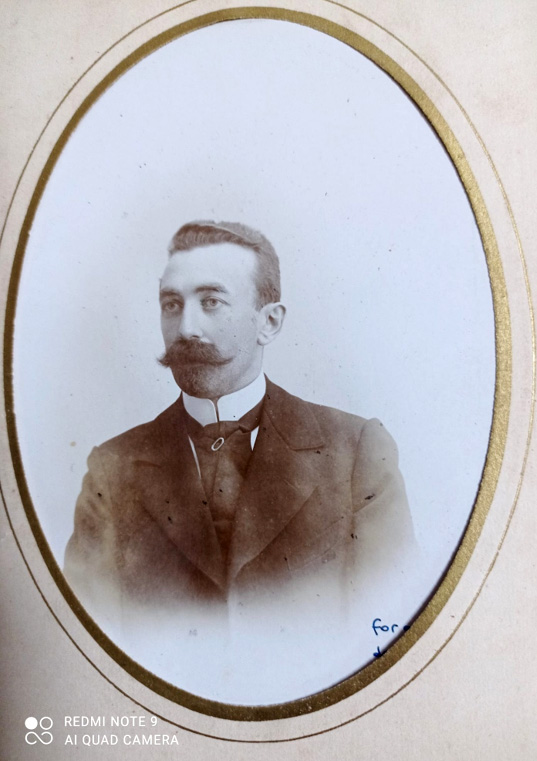
Father- M. Zlatin 1906
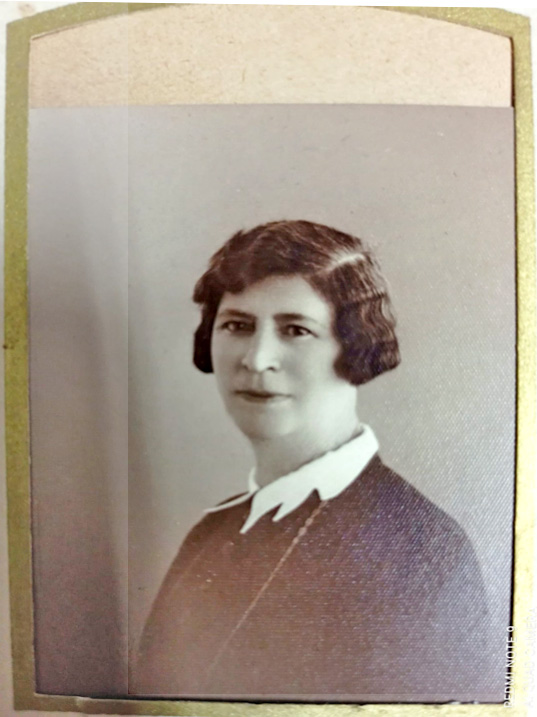
Mother- E. Goda Zlatin 1932
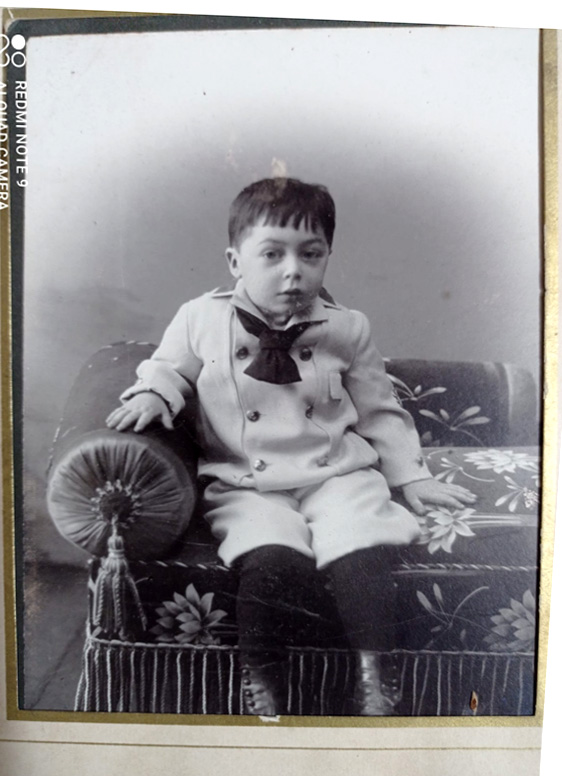
Miron Zlatin 19061
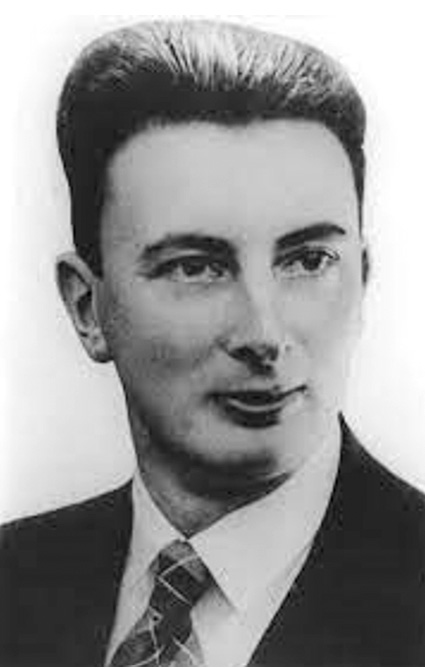
Miron Zlatin
Miron became known in the area for his agricultural work. He received the gold medal for agricultural recognition. He was congratulated by the President of The French Third Republic ,Albert Lebrun, for his skills, and the president then offered him French citizenship7.
He met a young Jewish lady there, Sabina Chwast, who became his wife. She was a nurse.
At the beginning of World War II, they decided to establish a children's home, in the south of France. in Izieu8, for children who were orphans, or whose parents couldn't take care of them. The children were French, Belgian, Austrian, German, Algerian and Polish. A letter written by one of the students in this home tells how Miron Zlatin helped him and cared for him. He states that he was like a father9.
His mother, Goda (nee Herschman) Zlatin, came to France and lived there also.
When Nazi Germany took control of the Vichy area in November, 1942, the children's home, named Maison D’Izieu, was officially established in April,1943. This home was part of the OSE10's network of hiding places.
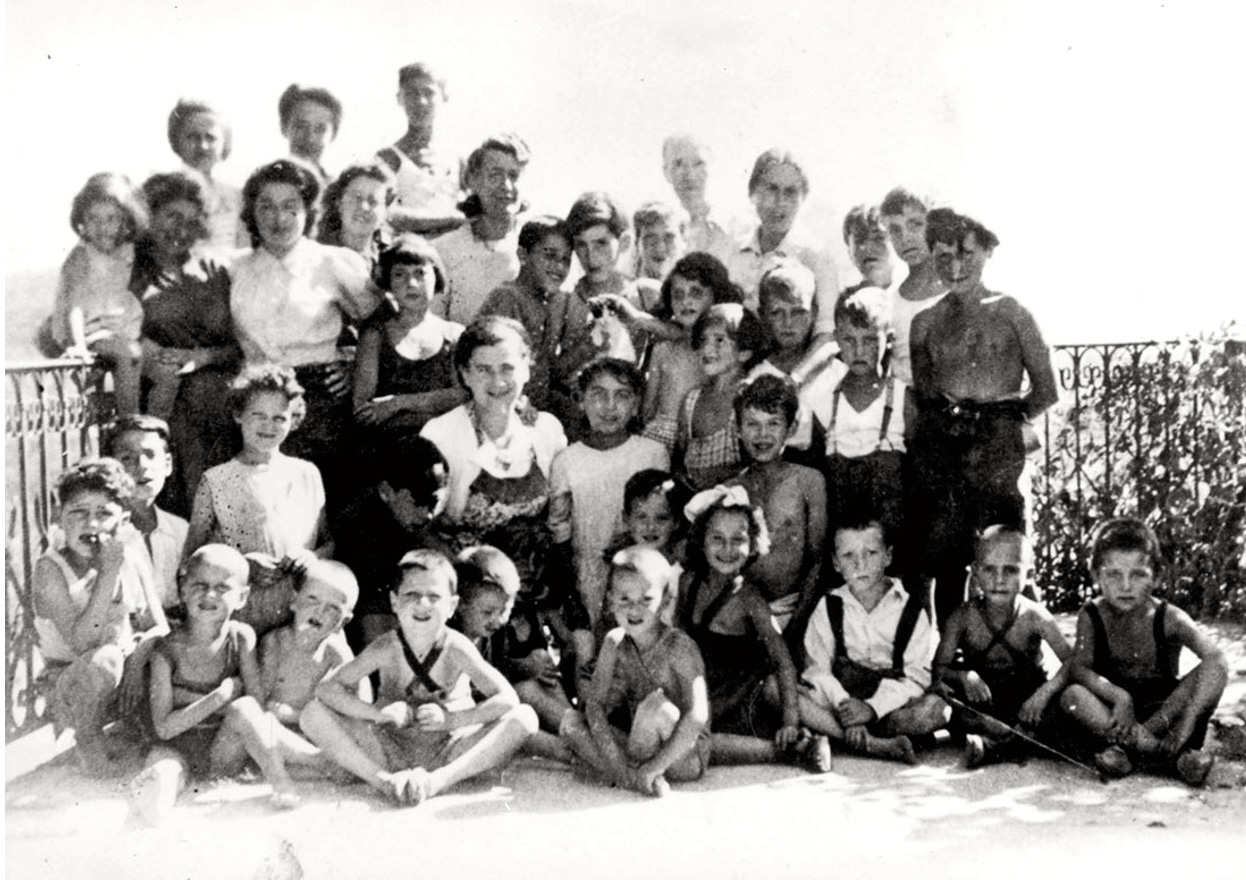
Some of the Children in Maison D’Izieu11
Even though the Izieu children's home was in an out-of-the-way place, the OSE decided to evacuate it. Sabine Zlatin went to Montpellier on April 3, 1944, to look for hiding places for the children. Usually, the Nazi forces did not harm children's homes. However, for some reason this was not always true. The administration in this home understood what was about to happen. The day before the Nazi soldiers arrived in Izieu, Miron Zlatin gathered all the children and told them that whatever would happen, they must always remember that they are good Jews and good Frenchman.
On April 6, 1944, the Lyon Gestapo raided the children's home and arrested everyone there. Then forty-four children aged 1-17 and seven staff members were all put in prison in Lyon and deported to Drancy transit camp. Afterwards they were sent to Auschwitz. Miron Zlatin and the two oldest boys were deported to Tallinn12, Estonia, and were shot to death there on July 31, 194413. One of the staff members managed to escape to a nearby farm and one little boy succeeded in hiding.
On April 7, 1946 a plaque with the names of the children and adults who had been arrested there was placed on what had been this children's home. It has been considered a historical monument, since 1991. The building has become a museum and every room is as it was then. An exhibition shows drawings and letters of the children and a portrait of each child. Thus, the daily life of the children is portrayed.
The Sabina and Miron Zlatin building was inaugurated on April 6,2015, by President of the French Republic, Francois Hollande. The permanent exhibition was renewed was and new digital devices were developed.
This year,2022, the Zlatin Gallery was inaugurated and is used to display original documents and for temporary collections.
I think of Miron Zlatin fairly often, especially on memorial days for the Holocaust.
He accomplished quite a bit in his short life; but did not succeed in his goal of coming to live and work in the land of Israel. Perhaps the fact that we now live here can be considered as a continuation of his goal and therefore make his goal successful.
Prolog: After completing the writing of this article, I discussed it with a fellow-researcher and good friend of mine, Rachel Karni. She asked if there are any children named after Miron Zlatin. My reply was negative; but now I think that there is a connection with the name "Yoni" and the names of two of our grandsons: Yonaton Ingram and Yoni Prigozin, who are now soldiers in the Israeli army. As understood, I have told them this story.
Bibliography
R.Ghirshman, Iran Pelican Books, Paris, France, 1951
Vitebsk Memorial Book, Vitebsk Organization, Tel-Aviv, Israel, 1957, pps.17, 134,.307
Family Album
https://www.findagrave.com ›memorial›miron-zlatin;
http://cahjp.nli.org.il/content/oeuvre-de-secours-aux-enfants-ose;
www.jewishgen.org/databases/holocaust/0191_Klooga.html/;
https://www.memorializieu.eu/en/discover/general-presentation/;
https://www.yadvashem.org/yv/en/exhibitions/childrens-homes/izieu/index.asp;
https://www.yadvashem.org/yv/en/exhibitions/childrens-homes/izieu/photo-gallery.asp;
https://yivoencyclopedia.org/article.aspx/Crown_Rabbi;
Footnotes
1 Vitebsk Memorial Book, Vitebsk Organization, Tel Aviv, Israel, 1957, p. 134
2 https://yivoencyclopedia.org/article.aspx/Crown_Rabbi
3 Vitebsk Memorial Book, Vitebsk Organization, Tel Aviv, Israel, 1957, p.17
4 This son wrote the book: Iran: from the earliest times to the Islamic conquest, R. Ghirshman, Penguin Books, 1954, France
5 Vitebsk Memorial Book, Vitebsk Organization, Tel Aviv, Israel, 1957, P. 307
6 Family Album
7 https://fr.wikipedia.org/wiki/Miron_Zlatin
8 https://www.yadvashem.org/yv/en/exhibitions/childrens-homes/izieu/index.asp
9 http://www.convoi73.org/indexa1.html
10 Oeuvre de Secours aux Enfants, commonly abbreviated as OSE, is a French Jewish humanitarian organization that saved hundreds of Jewish refugee children in Vichy France during World War II. http://cahjp.nli.org.il/content/oeuvre-de-secours-aux-enfants-ose
11 https://www.yadvashem.org/yv/en/exhibitions/childrens-homes/Izieu/photo-gallery.asp
12 https://www.jewishgen.org/databases/holocaust/0191_Klooga.html/ This camp was located west of Tallinn
13 https://www.findagrave.com/memorial/32355985/miron-zlatin
|